All Photographs and text are under international copyright laws. No re-use without the written permission of Lesley Lababidi 2023.
Continued from: Red Walls of Bida – Introduction and Red Walls of Bida – Part Two
Bida brass, silver and metal wares are well known throughout Nigeria. During the reign of Etsu Usman Zaki in the 18th century, brass and metal works in the Nupe kingdom, particularly the Bida area, flourished. Today, the craft struggles to survive.
The beautiful brass objects have a humble beginning. Traditional blacksmith techniques are the foundation of producing brass, silver or metal products. This is a group effort as with the glassmaker and the blacksmith. Each man has a particular skill; it may be melting the metal, hammering object into a shape, or design.
In the video, scrap aluminum is being melted to produce spoons and kitchenware. By using hand operated bellows to heat charcoal fire, the metal melts quickly. The molten liquid is poured with great care into a mold. After cooling the metal it is cut into required sizes; the metal is beaten into shapes over an anvil. The objects are decorated with patterns that are created spontaneously and without a sketch or drawing. A tool that resembles a nail is used for the design and then the object is polished.
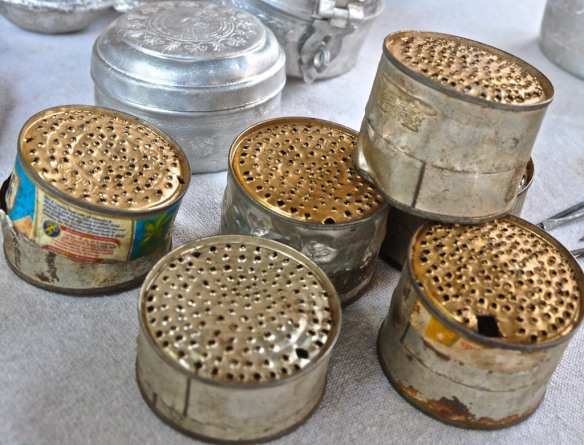
Food grater, made for elderly people who have no teeth. Food pressed through the grater is a mushy consistency so that the elderly can eat without chewing.
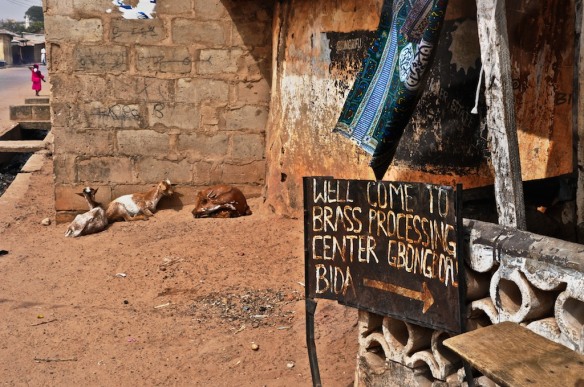
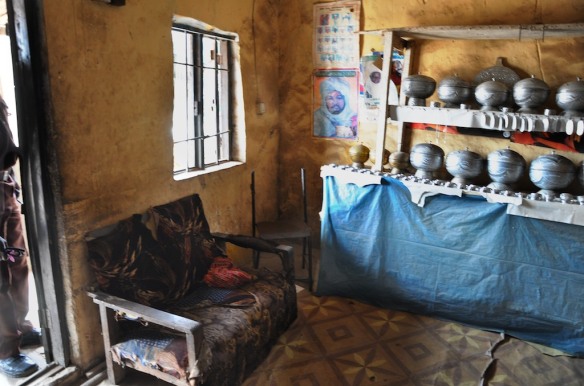
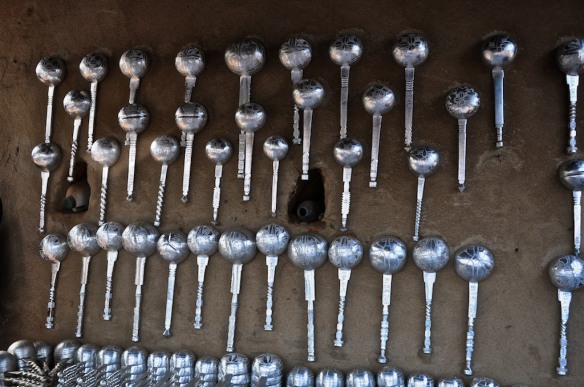
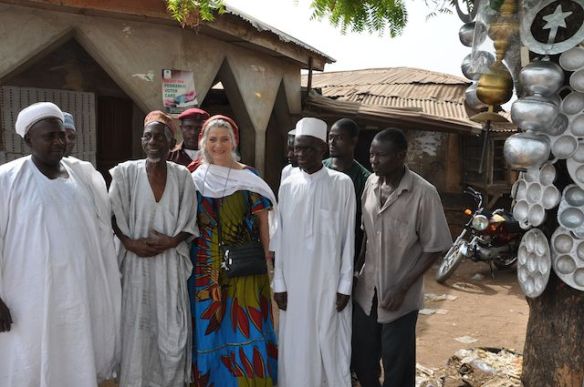 ***Nigeria is often in the news — often the news is not good, however this article centers the spotlight on Nigerians, the culture and their good work to keep traditional crafts alive. Throughout the developing world, heritage crafts need support, if not, the ancient techniques will vanish only to be read about in a dusty old book. Please support heritage crafts wherever and whenever possible. By doing so you help preserve ancient techniques, encourage skills and apprenticeships, and support the local economy.***
***Nigeria is often in the news — often the news is not good, however this article centers the spotlight on Nigerians, the culture and their good work to keep traditional crafts alive. Throughout the developing world, heritage crafts need support, if not, the ancient techniques will vanish only to be read about in a dusty old book. Please support heritage crafts wherever and whenever possible. By doing so you help preserve ancient techniques, encourage skills and apprenticeships, and support the local economy.***
___________________
All rights reserved by Lesley Lababidi. To copy or re-produce photography and/or writings, written permission from Lesley Lababidi is required.All Photographs and text are under international copyright laws. No re-use without the written permission of Lesley Lababidi 2023.
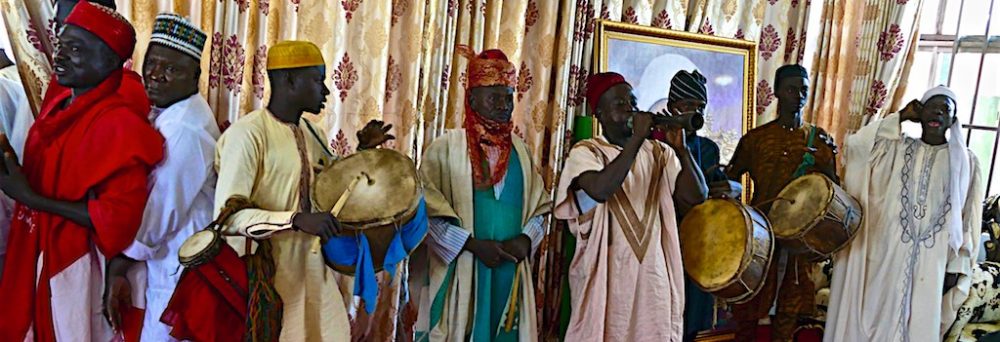
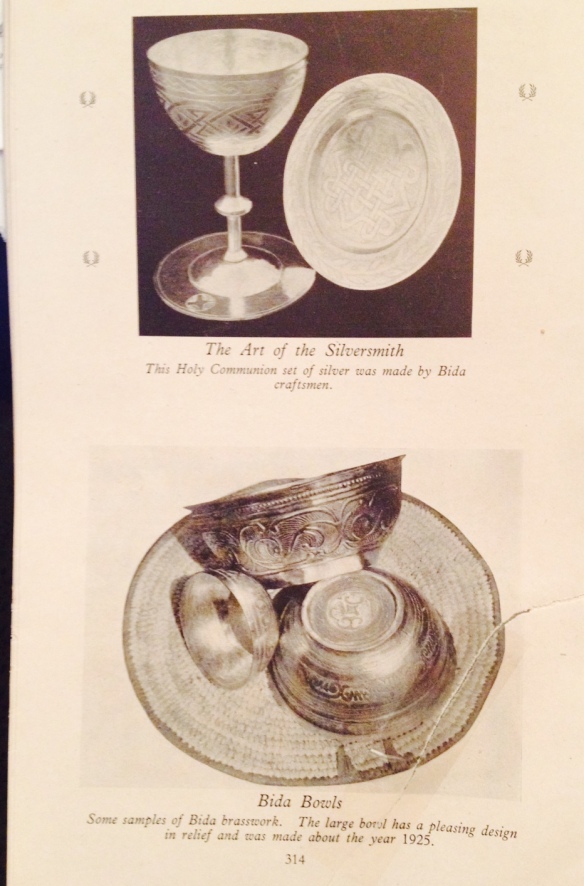
Part 4 – Brass and Metal works –
Once again, it is difficult to imagine that this artform and these men are living masters of such ancient knowledge and skill, and that no doubt it will not survive many more years. I loved the opening video, the music and then the childrens voices, and the pictures are magnificent. The last 3 or 5 pictures of that series need to be highlighted separately – it was so amazing to see you there in the pictures, in the midst of these amazing artisans. The pictures of you posing with 4 of the proud leaders, was amazing – please post those again for us separately! That’s my request!!
Lesley, there is nothing so exciting as the adventure you were on here, and thank you for taking us now with you!! I am just so moved!
My dear Lynnie, Your enjoyment and enthusiasm touches me deeply and I am sure these artisans would be extremely pleased to know of your response. Your wish is my command,.. I posted the picture you like. Thank you so much. L.
I am inspired by the intricate designs and beautiful work done with such limited materials and tools. Nothing is wasted or thrown away!
I have several pieces which my parents purchased when they lived in Nigeria, 1963-1967. I would love to know their value, or a museum which would like to have them.
Dear Suzanne, It would be difficult to know the worth but definitely it is worth your time to do some research. I don’t know where you live but you might ask a museum that has a West African section, if you haven’t done so already. If I find anyone who might know more I will send you an email. Thanks for your comment. Lesley